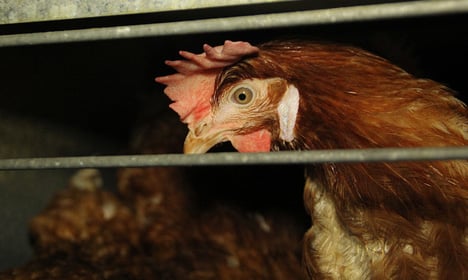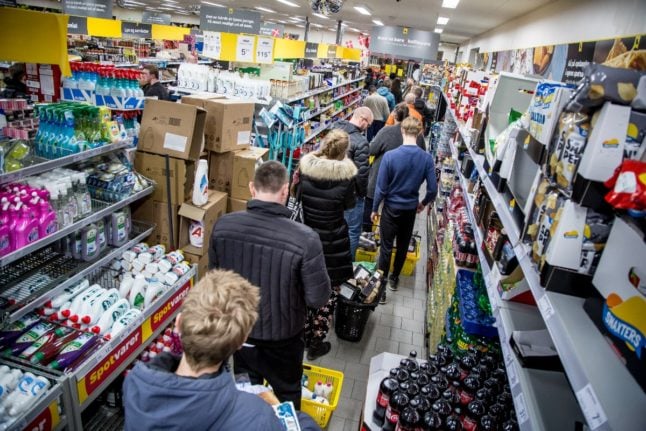COOP
Denmark’s largest grocer to phase out cage eggs
Coop, the nation's largest chain of supermarkets, announced on Sunday that it will phase out the sale of cage eggs by 2020.
Published: 7 March 2016 11:54 CET

Under Danish rules, 13 cage hens can share just one square metre of space. Photo: FarmWatch/Flickr
By 2020, Coop’s 1,200 stores nationwide will stop selling eggs laid by cage chickens. The company, which includes supermarket chains Kvickly, Irma, SuperBrugsen, Fakta, Dagli’Brugsen and LokalBrugsen, said the move reflects a growing desire among Danish consumers.
“From our experience, we can see a general trend in the market: Danes want more animal welfare,” Jens Visholm, Coop’s managing director, said in a statement.
According to the Danish Veterinary and Food Administration (Fødevarestyrelsen), sales of cage eggs accounted for 60 percent of all egg sales in 2011. But Coop said that cage eggs made up just 37 percent of its egg sales last year and that cage egg sales have dropped an additional 20 percent in the first two months of 2016 when compared to the year before.
Coop chain Irma stopped the sale of cage eggs a full 20 years ago and Kvickly followed suit in 2013, but now the company has reached an agreement with Danish egg producer Danæg to phase out the sale of cage eggs in all of its stores nationwide over the next five years.
“When we choose to remove cage eggs from the shelves at SuperBrugsen, Dagli’ – and LokalBrugsen and Fakta, it is completely in line with our customers shopping habits and feedback,” Visholm said.
Cage eggs (buræg) are laid by hens that live in wire mesh cages and never see the light of day. Rules allow for 13 hens to share just one square metre of space. Coop said it would continue to sell barn eggs (skrabeæg), which are laid by hens that also have no outdoor access and live nine hens per square metre.
Speaking to Politiken, Visholm said that barn eggs may also be phased out in the near future.
“We are moving in that direction and that would be the next step but we have no concrete plans to phase out barn eggs. One can’t make a revolution, so we have to think evolution both in terms of our consumers and the producers,” he said.
Url copied to clipboard!



 Please whitelist us to continue reading.
Please whitelist us to continue reading.
Member comments